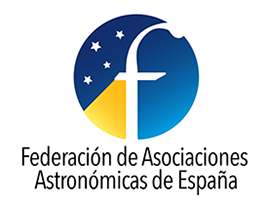 JCAAC (2025), 3, 5–26
JCAAC (2025), 3, 5–26
APPLICATIONS
La esfera armilar
César González Crespán1
1Agrupación Astronómica de Vigo, Spain. E-mail: cgcrespan@gmail.com.
Keywords: esfera armilar, astrolabio, meteoroscopio, zodíaco, eclíptica
© Este artículo está protegido bajo una licencia Creative Commons Attribution 4.0License
Resumen
Con una réplica de la esfera armilar eclíptica, construida en madera, se realiza una descripción práctica del instrumento, como debe prepararse, y orientarse, para realizar la observación del Sol, la Luna y otros astros. Se utiliza para obtener coordenadas celestes, longitudes y latitudes eclípticas. Previamente se compara con la esfera armilar ecuatorial, cuyo fin es obtener ascensiones rectas y declinaciones de los astros, y con otro instrumento, llamado meteoroscopio. Se analizan varios estudios realizados sobre estos instrumentos, determinando que su nombre es astrolabio (buscador de estrellas) esférico. Se explica la evolución de estos instrumentos astronómicos a lo largo de los tiempos, y sus aplicaciones, así como su relación con el Astrolabio plano, y el telescopio.
Abstract
Using a wooden replica of the ecliptic armillary sphere, a practical description of the instrument is provided, including how it should be prepared and oriented for observing the Sun, Moon, and other celestial bodies. It is used to obtain celestial coordinates, ecliptic longitudes and latitudes. It is compared, previously, with the equatorial armillary sphere, whose purpose is to obtain right ascensions and declinations of celestial bodies, and with another instrument called meteoroscope. Several studies on these instruments are analyzed, determining their name as a spherical astrolabe (star finder). The evolution of these astronomical instruments over time and their applications are explained, as well as its relationship with the flat astrolabe and the telescope.





